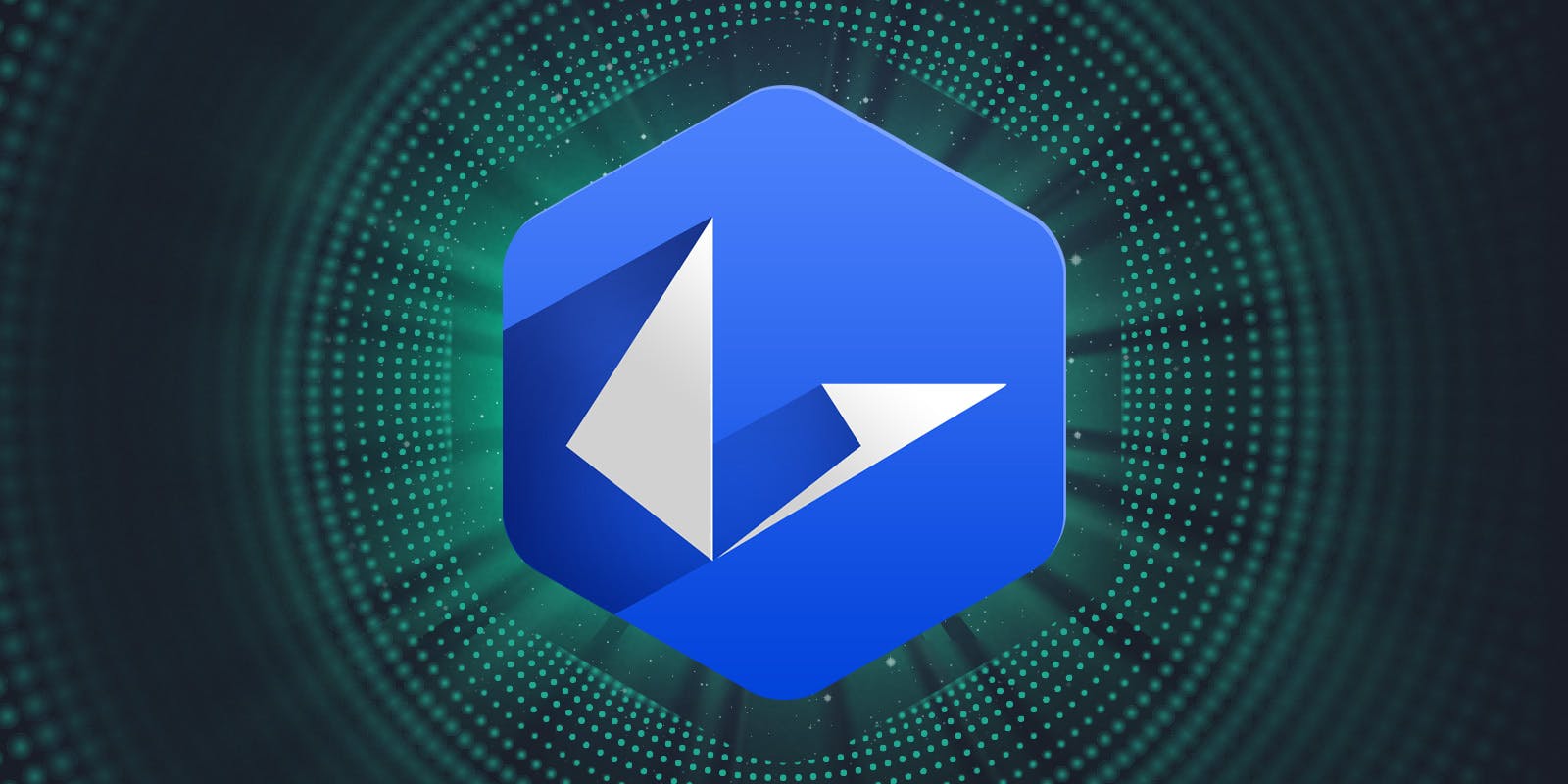Loopring is an Ethereum-based layer 2 open protocol designed for scaling and building decentralised crypto exchanges (DEXs). It uses modular zkRollup (zero-knowledge rollup) technology to facilitate DEX building on several blockchains.
Ethereum came up with layer 2 scaling solutions like rollups, state channels, sidechains and Plasma in order to alleviate throughput problems. In this regard, zkRollup technology is the figurative sibling of Optimistic Rollups, which are used to increase Ethereum scalability.
Loopring also has two native crypto products which aim to develop quick and cheap non-custodial automated market makers and payment applications on Ethereum.
In brief
- Loopring is an open layer 2 protocol built on Ethereum.
- LRC is the utility token for the project.
- Its main features include building DEXs and robust payment rails.
Who created Loopring?
Loopring was founded by Daniel Wang, a software engineer based in Shanghai, China. Wang is the company CEO and manages protocol development alongside Jay Zhou (CMO) and Johnston Chen (COO).
Wang got a bachelor's degree in computer science from the University of Science and Technology of China. He later received his master's degree in the same field from Arizona State University.
Before founding Loopring, Wang worked with several tech companies, including Boston Scientific, where he was a lead software engineer.
Wang also worked as a senior director of engineering at the Chinese e-commerce giant JD.com and had a similar role at Google.
On top of all this, Wang co-founded several companies - Yunrang Information Technology and a crypto services firm called Coinport Technology Limited.
How does it work?
The core principle of rollup technology is to execute transactions off-chain (L2) while keeping important data on-chain (L1). By doing this, Loopring leverages the security from Ethereum while also benefitting from the scalability improvements of centralised services.
- To achieve this, Loopring uses smart contracts for key exchange mechanisms. These include wallets, liquidity-sharing pools, relays, ring miners and asset tokenisation services.
A so-called order ring layer rests on top of these various components, and together they make the protocol function.
The breakdown of the core mechanics:
- Order ring: Conventionally, every transaction is an exchange between 2 tokens. Loopring's order ring uses up to 16 orders instead of one trading pair. This increases liquidity and helps with price efficiency. It also allows every order to go through without requiring an exact-match order for the pair.
- Wallets: A wallet is a service or interface that allows users to access, store, withdraw and trade tokens on the Loopring network.
- Liquidity-sharing consortium blockchains/relay-mesh: This computer network of nodes runs the Loopring relay software and allows new players to join liquidity pools. In other words, a relay-mesh is a central hub for orders and liquidity.
- Relays: Relays are nodes that receive transaction requests from wallet liquidity pools. They maintain public order books and transaction history while communicating with other relays.
- Ring miners: Relays produce order rings by collecting different orders. The feature is not compulsory.
- Asset Tokenisation Services (ATS): This centralised service bridges assets that aren't directly available on the DEX. ERC-20 tokens can be traded with physical assets and assets on other blockchains.
With this system in place, Loopring increases exchange transparency, rethinks custodial risk and somewhat protects against potential malicious actors inside a centralised exchange or regulatory bodies.
What is the LRC token?
LRC is an ERC-20 utility token for the Loopring protocol.
LRC has five use cases:
- Reward structure for ring miners/relays.
- Voting rights for development updates.
- Burning LRC tokens.
- Lock-up periods for running a DEX on Loopring.
- DEX operator staking to reduce fees on the platform.
The initial coin offering (ICO) happened in August 2017 and raised $45 million.
The Loopring protocol was first deployed on the Ethereum mainnet in December 2019.
The token allocation as of 2022:
- 50% investors (698 million LRC)
- 10% contractors, auditors, exchanges
- 20% for the Loopring team
- 20% Loopring Ecosystem Advancement Fund (LEAF)
According to data from CoinMarketCap, the total circulating supply of LRC tokens is 1.33 billion. As of 2021, nearly all LRC tokens were released, with the team holding 127,881,971 LRC. The Loopring protocol smart contracts govern token issuance.
Layer 2 transaction and swap fees are split - 80% for relays (and their affiliates) and 20% for protocol fees. This is part of the main way to earn LRC tokens, also known as 'ring mining', which we mentioned earlier.
How to buy LRC?
For all of you SwissBorg app newbies who want to add LRC to your portfolio, we came up with a short tutorial demonstrating the simplicity of the process:
- Step 1: Download and install the SwissBorg app.
- Step 2: Set up your SwissBorg account. You can find detailed information on the Opening an Account page in the SwissBorg Help Center .
- Step 3: Transfer funds (fiat or crypto) into your SwissBorg account.
- Step 4: Navigate to the Marketplace section of the SwissBorg app.
- Step 5: Find the LRC token among the listings in the app. You can do this by simply typing LRC into our search feature, marked with a magnifying glass icon in the top-left corner of the screen.
- Step 6: Tap Deposit, select the fiat or cryptocurrency you want to use for the purchase, enter the amount you wish to spend on the purchase, and tap on "Next".
- Step 7: Tap on "Confirm exchange", and that is it. The process is the same for all tokens, so feel free to follow these steps for any other token that interests you!
Putting it all together
The Loopring protocol seeks to improve general transaction throughput while reducing or eliminating DEX inefficiencies through hybrid solutions.
By managing orders centrally but settling trades on-chain, the protocol promises to improve Ethereum's scalability potential exponentially.
